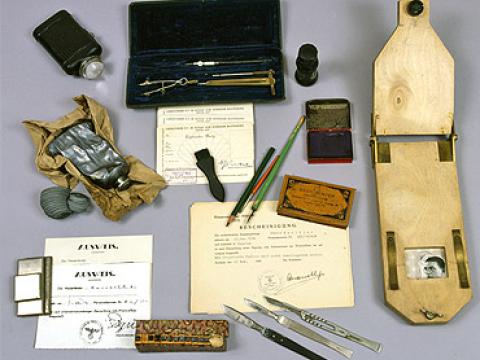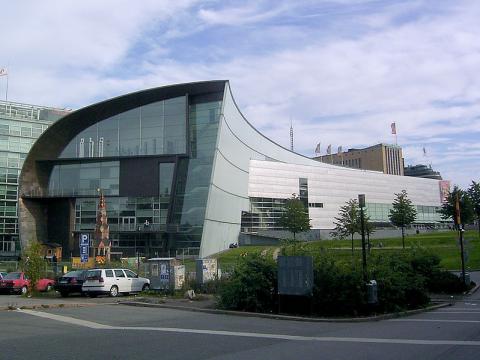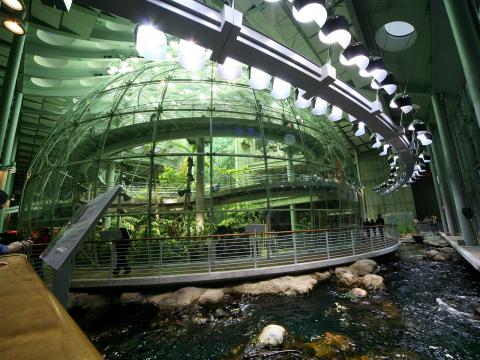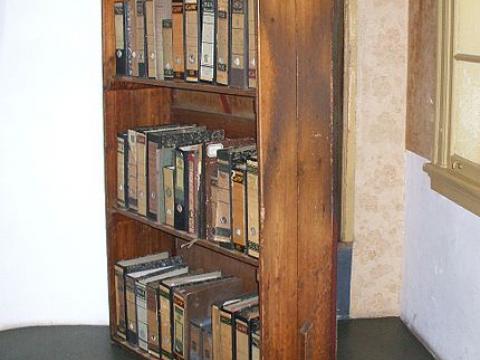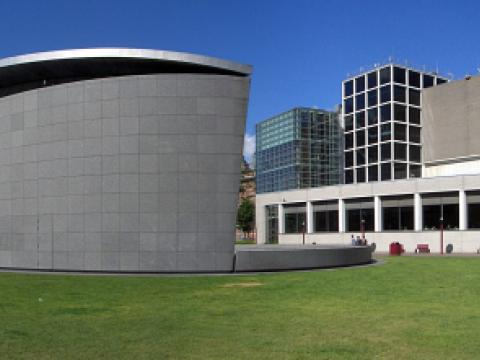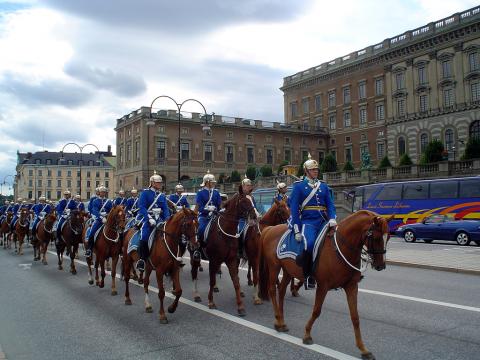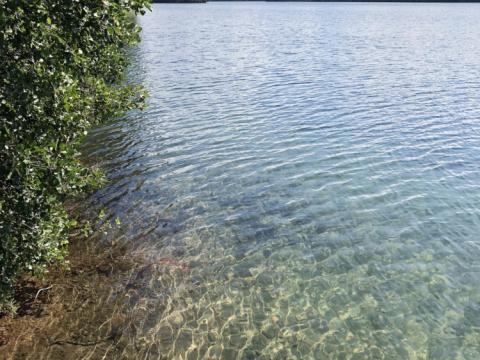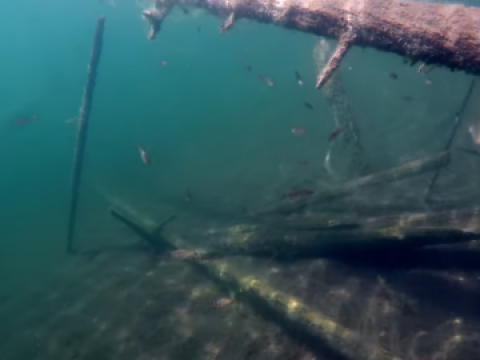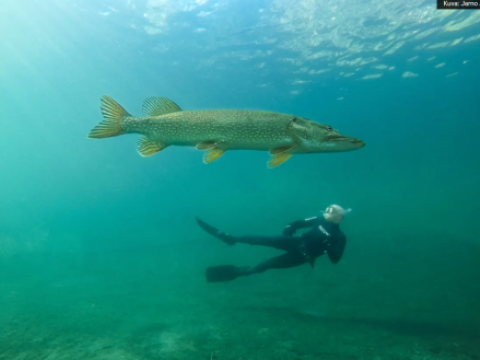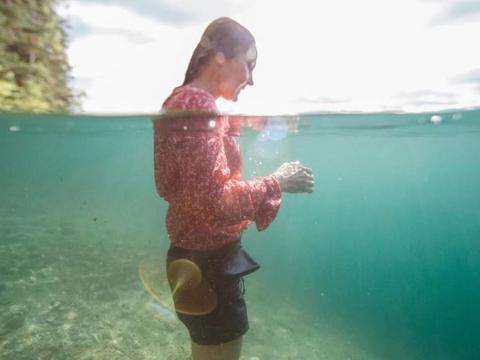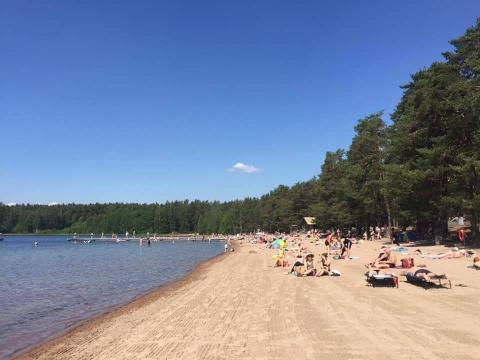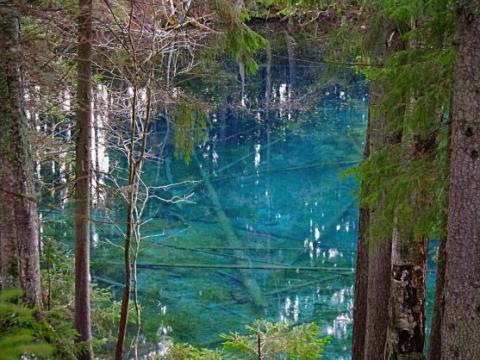Location
Finland used to have corals, turqoise waters and palm beaches. Thats before our piece of continent sailed to its current position near the artctic circle. Take journey to the history of Finnish nature from prehistoric times to this day in Finnish Museum of Natural History.
The best part in Finland is the nature, I think. And if you don´t have time to explore the wilderness in Finland during your visit, this is a recommended option for seeing the varieties of Finnish nature in an all in one package.
The Finnish Museum of Natural History has permanent exhibitions of Finnish nature, History of life, World nature and the Story of the bones. The museum displays taxidermed animals, skeletons, remains of prehistoric animals, and minerals. The first floor houses a bone exhibition; in the upper floors there are exhibitions of the Finnish nature, the nature of the world, and the history of life.
The collections include botanical, zoological, geological and paleontological specimens from all over the world and serve research in the fields of biology and geology as well as educational purposes.
The Finnish Museum of Natural History is an independent research institution functioning under the University of Helsinki. It has the largest zoological collection in Finland.
The moose statue in front of the museum is its best known symbol. The lobby hall is dominated by a taxidermed African elephant. The museum also has a cafe and a souvenir shop. The total floor area of the museum is around 8,000 square metres (86,000 sq ft).
The museum is very close to the center so it is easiest to come here by foot.
Entrance fee for adults: 6€, for children 3€. Opening times: Tue – Wed & Fri 09:00 – 16:00, Thu 09:00 – 18:00 (from 16:00 free), Sat – Sun 10:00 – 16:00







